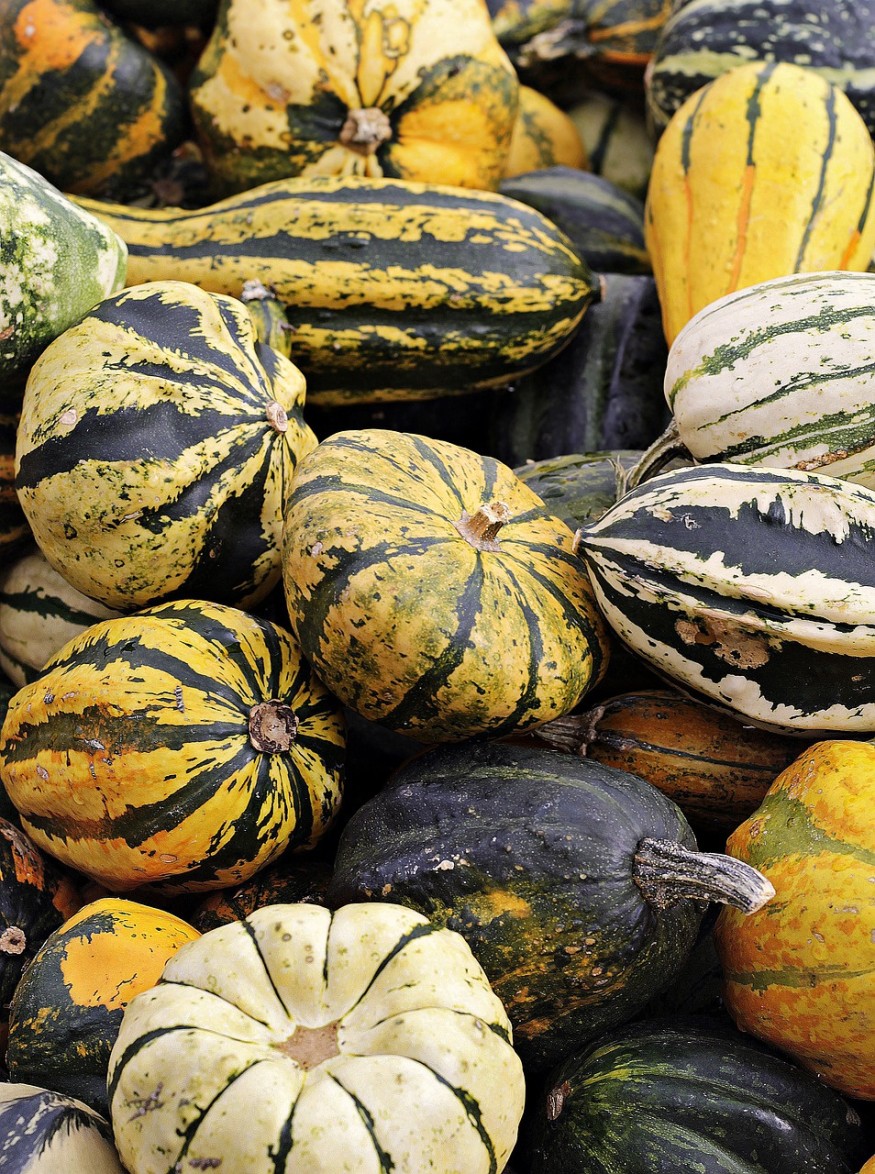Scientists are currently studying the development of modern Cucurbita pumpkins from ancient pumpkin varieties. Pumpkins are very famous in the US. They belong to the genus Cucurbita.
According to the Florida Museum of Natural History population geneticist Heather Rose Kates, in general, the term pumpkin is applied to many Cucurbita crop varieties. It is mainly used to whatever variety type is popular in a specific area.

READ: There are Twice as Many Plant Species in Latin America Than Tropical Africa
Pumpkin Ancestors
All varieties of Cucurbita that are presently available descended from five to six wild species that are related closely. Every combination was variably domesticated during different periods. The first cultivated pumpkin occurred in Mexico for almost 10,000 years in the past, and since then, ancient pumpkins eventually developed into the edible, bumpy, and colorful varieties known today.
Studying the Evolutionary History of Wild Pumpkins
Scientists can research pumpkin evolutionary history by looking for fragments of DNA in ancient seeds and rinds. Botanists may also infer from existing wild relatives today to determine the varieties that lived in prehistoric times.
Kates says that this is a reasonable method because plant evolution does not evolve too much in a short period of 10,000 years.
Ancient Cucurbita
The ancestors of modern pumpkins came from North to Central America, primarily represented by Mexico. According to Kates, wild pumpkins are baseball-sized, smooth, light yellow, and inedible.
Wild varieties also contain a considerable amount of bitter chemical for warding off pests, making it unpalatable, and even inducing nausea.
However, the seeds of wild varieties are very nutritious and can be eaten. Also, archaeologists think that ancient people may have used the rind for many purposes, such as floaters for fishnets.
READ ALSO: Berkeley Says California Temperatures Ideal for Some Crops but Too Warm for Others
Development of Modern Varieties
Pumpkins are weed-like in the sense that they can propagate and spread so quickly. Ancient peoples could have repeatedly plucked the varieties that they liked so that these varieties were the ones that dominated and developed into the modern genetic pumpkins. This selection was the beginning of the development of today's crops.
One trait of modern pumpkin vines is the lack of predisposition to crawl up trees and structures; now, they instead just spread horizontally on the ground. As for the bitter chemical, this was transferred to the pumpkin's leaves. Its stems lost their spikes as well.
The pumpkins that are currently cultivated today are products of decades of selective breeding. Now, more researchers are looking for the four (out of six) earliest pumpkin ancestors.
Human Influence on Developing Modern Pumpkin Varieties
Research on plant domestication aims to determine how humans' intervention has modified wild pumpkin species into the modern types we know today.
Unfortunately, domestication of plants occurred from many regions and various periods, so attributing domestication patterns to anthropogenic intervention can be difficult.
According to Kates, however, pumpkins developed from closely related species, so that parallel domestication of the strains facilitates their study. Identifying the other pumpkin varieties and species can let scientists detect how human locations and behavior shaped the modern crop.
Researchers are currently looking for another wild, unknown species of Cucurbita pumpkins species to shed light on the evolution of ancient pumpkin varieties and the pumpkin's family tree.
READ NEXT: 219 Plant Viruses in Brazil Compiled in a Database for Researchers, Growers, and Policymakers
Check out more news and information Agriculture on Nature World News.
© 2025 NatureWorldNews.com All rights reserved. Do not reproduce without permission.





